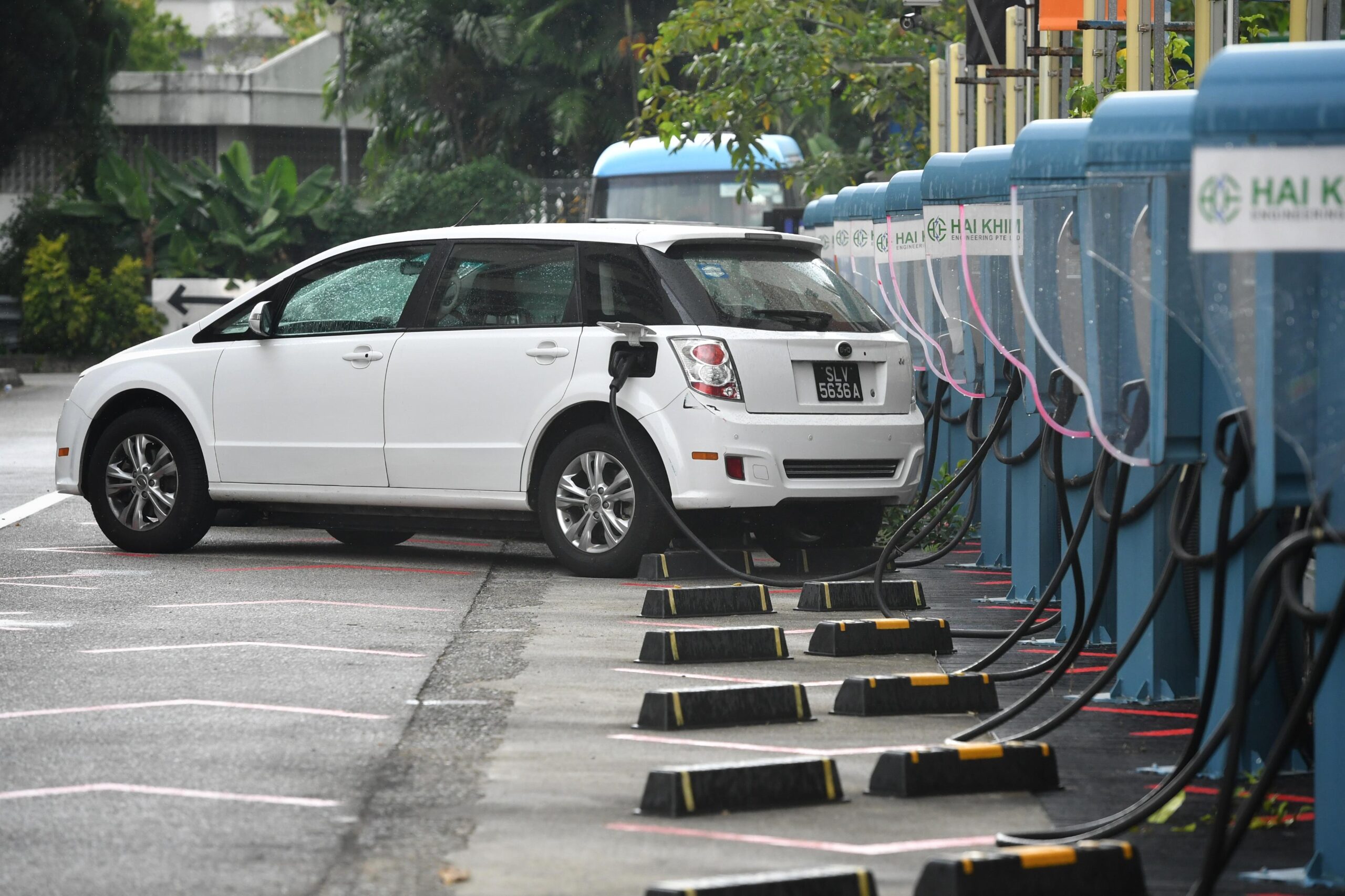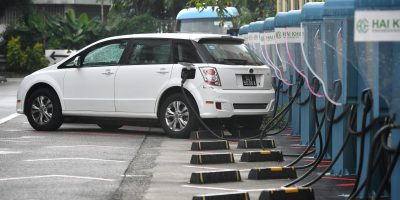SINGAPORE’S consumer price index (CPI) – by which inflation is measured – has been rebased from a base year of 2019 to 2024, to reflect resident households’ latest consumption patterns and the composition of goods and services consumed.
The CPI tracks the average price changes of a fixed basket of goods and services commonly purchased by resident households.
This basket and its weights are updated every five years, with the CPI methodology also reviewed based on international recommendations.
This is because households’ spending patterns “may gradually evolve over time” due to factors such as lifestyle changes, said the Singapore Department of Statistics on Monday (Feb 24).
From car popularity to leisure spending, here are some of the changes reflected in the latest update.
More spent on housing and utilities
CPI items are weighted by the share of household spending that goes towards them.
BT in your inbox

Start and end each day with the latest news stories and analyses delivered straight to your inbox.
In the latest iteration, housing and utilities – which already formed the biggest share previously – had the greatest weight increase. The category accounts for 29.4 per cent of the index, up from 24.8 per cent.
The rise was due to accommodation, with nearly three-quarters of this being imputed rentals – that is, the expected rental a homeowner would have to pay for using services provided by their homes if they were a tenant.
This more than offset a decline in the share of utilities and other fuels, to 10 per cent.
Less spent on cars
Transport saw the largest weight decline, to 13.1 per cent from 17.1 per cent in 2019 – though it remained the third-largest expenditure division.
The fall was due primarily to lower total spending on motor cars. Even though Certificate of Entitlement premiums rose, the quotas were lower.
Households also spent less of their income on petrol, bus and train fares, point-to-point transport services, as well as airfares.
Within car sales, however, spending patterns shifted too. Registrations of EVs and hybrid car models have grown, in line with the push to reduce carbon emissions.
The choice of popular car brands or models for the CPI – and how their weights are derived – is based on new car registrations from administrative data, as well as spending value from the Household Expenditure Survey.
As a result, more EVs and hybrids were included in the latest CPI.
What’s new
New cars from parallel importers were also among the “new and popular items” introduced in 2024’s CPI basket.
Some additions showed changes in leisure spending, such as admission charges for concerts and music festivals.
Several reflected changes in the education system, such as home-based tuition, special education schools, and early intervention programmes for infants and children.
There were also healthcare items such as operating theatre fees; home decor choices like vinyl flooring; sustainable purchases including reusable bags; and dining decisions, with the addition of food purchased from vending machines.
What’s out
Technological progress, meanwhile, meant that some items were taken out of the basket.
These included international direct dialling calls and television repair services, which had seen a decline in expenditure over the past five years.
Declining weights for specific items also suggested a shift in lifestyles. Tobacco, for instance, now takes 35 out of 10,000 points in the latest CPI, down from 52 in the 2019-based one.













